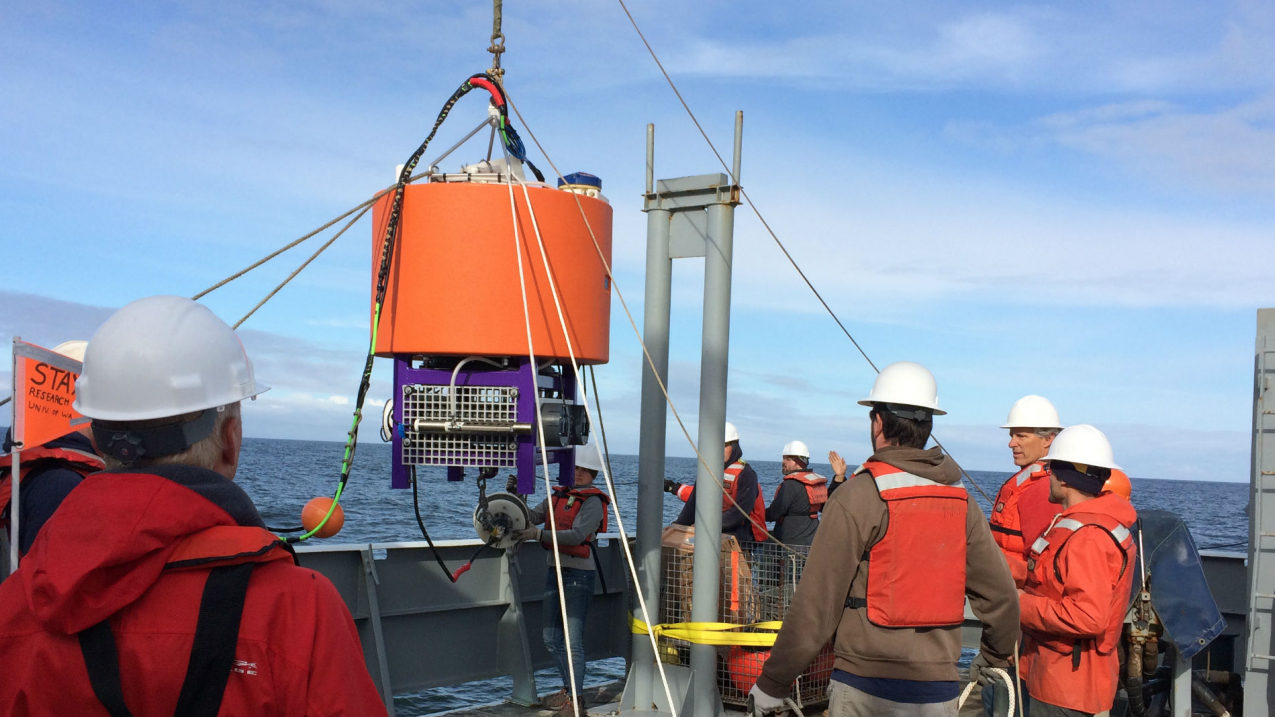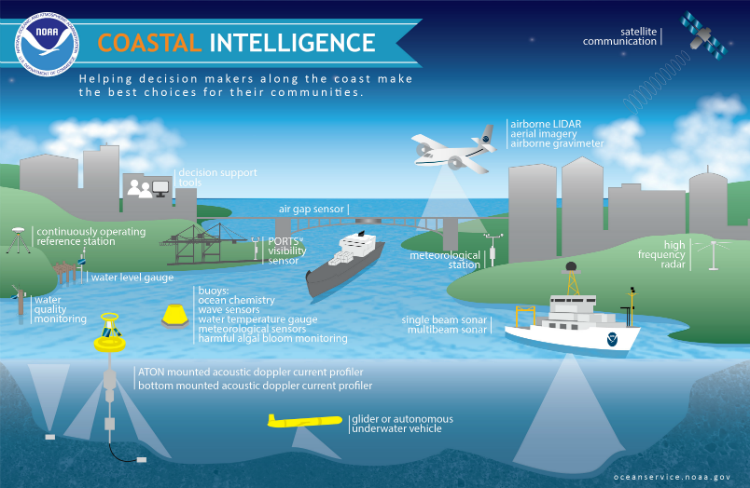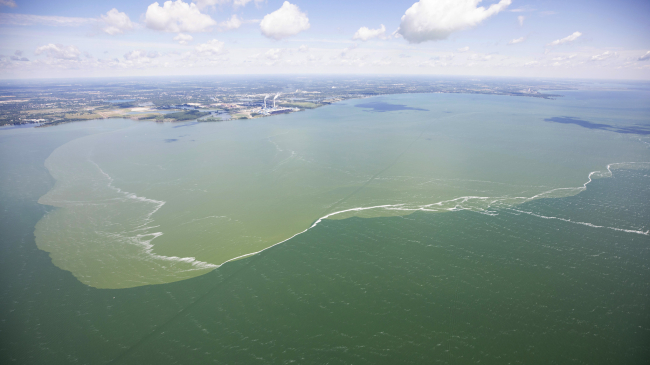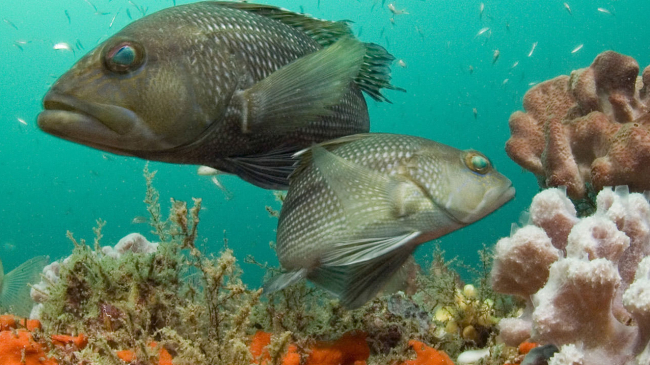Mariners, fishing and shipping industry can access federal-quality data from NOAA partners

A joint deployment of an environmental sensor processor off the Washington coast by NOAA and the Northwest Association of Networked Ocean Observing Systems, one of the certified IOOS regional associations. The sensor has a special sampling package on board designed to detect early signs of harmful algal blooms (HABs). (Image credit: Stephanie Moore/NOAA NW Fisheries Science Center)





